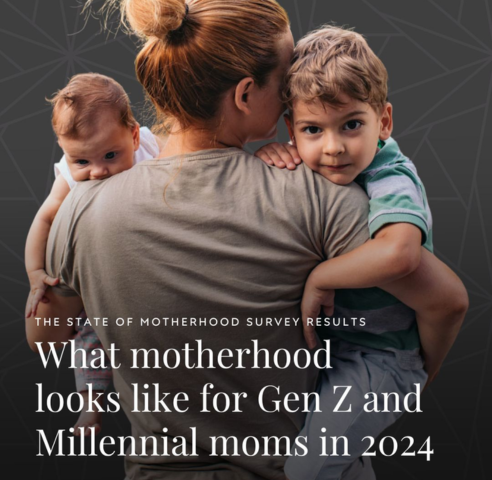Despite progress, it will take almost 50 years to reach parity for all women in corporate America. Also, women are far more likely than men to deal with comments and actions that undermine their skills and expertise.


Despite progress, it will take almost 50 years to reach parity for all women in corporate America. Also, women are far more likely than men to deal with comments and actions that undermine their skills and expertise.

While no country has achieved full gender
parity, 97% of the economies included in this
edition have closed more than 60% of their gap,
compared to 85% in 2006.

Gen Z moms are signaling a continuing future birth rate decline; childcare access and affordability issues continue to impact mothers’ ability to work.

The uncontrolled gender pay gap tells us that the distribution of high-earning prestigious jobs in society favors men, while the presence of the controlled gender pay gap tells us that at least some women are still being paid less than men when doing the same jobs.

If you have children in America, it is up to you to keep them safe, healthy, and well cared for. This philosophy shapes government policy in some obvious ways: The U.S. is one of the only countries in the world without guaranteed paid maternity leave.

34% of countries restrict women from working in certain jobs or industries. In 41 countries, employers can
legally dismiss pregnant workers. More than 1 billion women do not have access to the financial system.

We cannot afford to pretend that this bias towards mothers and other child caregivers does not exist in the legal profession, or that it is solely a Big Law problem. The data show that mothers, in particular, face biases and challenges in all types of roles.

Women are more ambitious than before the pandemic—and flexibility is fueling that ambition. One in 5 women say flexibility has helped them stay at their organization or avoid reducing their hours.

Among full-time, year-round workers, mothers are typically paid 74 cents for every dollar paid to fathers. This means the wage gap typically robs mothers working full time, year-round of $1,500 a month or $18,000 a year.

American mothers typically earn less than childless women, while fathers earn just as much as childless men. The “motherhood penalty” has been documented for years, and it’s the primary reason for the overall gender gap in earnings between men and women.